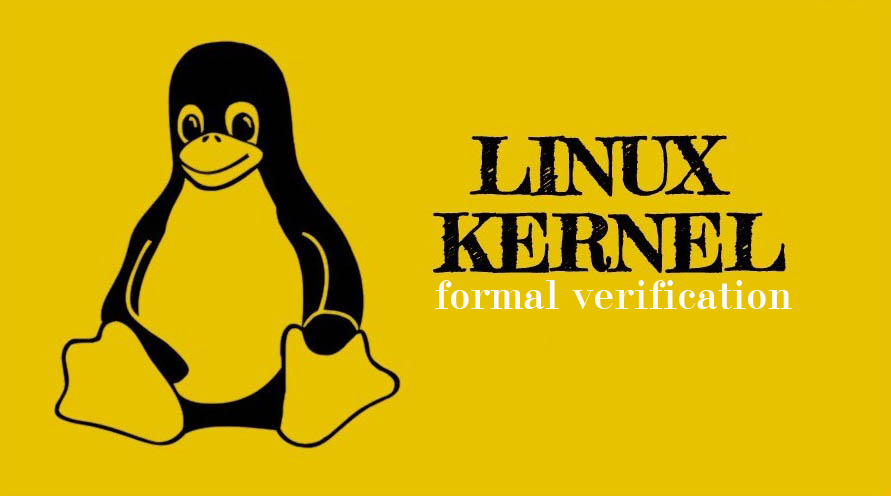Formal Verification Might be Built-in Linux Kernel in the Future, Message from Linux Foundation

Written by Hong Qian and Wen Qixiang
LC3 conference with the attendance of LinuxCon, ContainerCon and CloudOpen, which is the top open source conference in the world, was held in Beijing on June, 19, with a two-day session. It was its first presence to China after it had been held in North America, Europe and Japan in the past few years. Linux 4.12-rc6 was released on the same day, and voice from Linux Foundation shows us a few prospective new features will be considered in Linux kernel development at the conference.
Jim Zemblin, the Executive Director of Linux Foundation as well as the chair of the conference, told the reporter of Linux Story in the Chinese Media exclusive interview at the news conference that Formal Verification (Wikipedia) would be built-in Linux kernel for the purpose of more security. He said, the improved security credibility of Linux kernel was helpful in supporting more new features in Linux as well as the long-term development. However, it will be a hard work. We think the feature of Formal Verification will be implemented in some independent core modules first.
It is learnt that the definition of Formal Verification is to use formal methods of mathematics to prove or disprove the correctness of a certain or some formal specifications or properties. Meanwhile, Logical Formal Verification is a systematic verification process, which uses formal methods of mathematics to verify that if the design is implemented thoroughly. Today, the main Formal Verification software programs include Coq, Isabelle , Metamath ,TLA+ and so on.
The process of Formal Verification can be used to prove that there is no certain bug in one system or the system respects to some specifications. The limitation of traditional software testing methods is that limited test cases cannot cover almost infinite state space, and without considering the exception condition of test environment often leads to a loss by hidden danger in the production environment. We cannot promise a none-bug-system even if with more test cases. And in the other hand, we eagerly expect a system without bugs in some key application scenarios. NO BUG is a concept difficult to strictly define so that trying to exclude SPECIFIC TYPE of BUGs is more practicable. The Formal Verification method can prove that if a system respects to a certain design specification, if it does not contain unknown type of bugs and it can satisfy certain functions or properties with formal methods of mathematics to business logic or code logic.
The method of Formal Verification has a history of more than 30 years. Nowadays, Formal Verification is applied in the fields of chip design(1), cloud computing(2), operation system(3), compiler(4) and Blockchain(5).
If what Jim said in his plan could be implemented successfully, the security level of lightweight isolation such as Docker would be comparable to traditional virtualization, to which the improvement of Linux kernel security would not only benefit the development of cloud computing and container of Linux, but also Docker. This might be part of the future development direction of Linux. But Jim also said that there were many difficulties ahead and there was still no detailed schedule on Formal Verification at present.
Finally, we welcome any guys who are interested in Formal Verification to join our exchange group, our service account of WeChat Media Platform is bootingman, we also expect your brief introduction before your join.




















